Your cat loves to find a warm spot to cuddle up, or take a mid-day nap in a sunny windowsill. But as the weather starts to get warmer, it’s important to remember that cats can suffer just like dogs and humans from too much heat. Sadly, many pets are exposed to extreme heat conditions each summer, so it’s a good idea to be aware of precautions you can take ahead of time and what signs to watch for in case your feline friend starts to overheat.
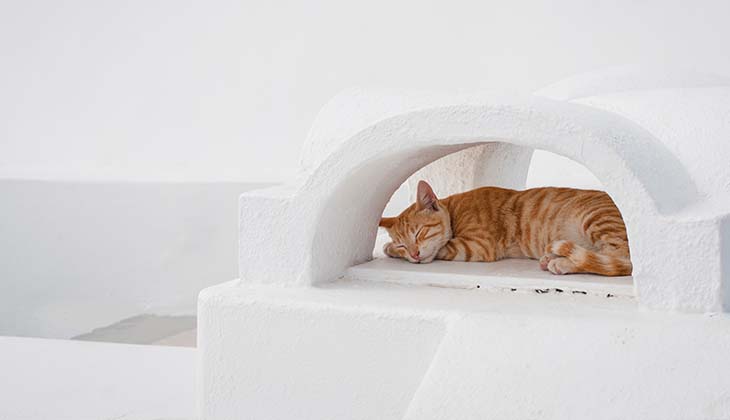
HEATSTROKE AND SUNBURN
Cats are at risk of some heat or sun-related dangers in summer. Even if it sounds bizarre at first, cats can also suffer from sunburn. Unprotected parts of the body such as the face and ears are often affected. Apart from that, lighter fur color typically means lighter skin, and these cats are very sensitive to sunburn, especially on the tips of their ears, eyelids and nose. In some cases, they can develop a type of cancer at these sites due to excessive exposure to UV rays (known as squamous cell carcinoma). These cats, as well as breeds with short or almost no fur, need protection from extreme sunlight. Ask your vet for a suitable sunscreen. Sunscreens for people should not be used on your cat.
In addition to sunburn, heat stroke can also be a danger for cats. Heat stroke can manifest as an increased heartbeat, restlessness, dark red gums, increased body temperature or shortness of breath. If your kitty shows one of these signs after extensive sunbathing, seek veterinary advice immediately. In the worst case, overheating can be fatal.

ACTIVITY AND HYDRATION
You may notice your feline friend being less active than normal on a hot day. Maybe your cat prefers to stretch out on the floor rather than chase a toy or roam around. This behaviour is nothing to be concerned about – your cat is simply trying not to generate any additional heat. If you can provide a cool spot inside your home or a shady spot outside where your kitty can relax, that would be ideal.
If your cat is feeling lazy because of the heat however, you may need to encourage him or her to drink, because staying hydrated is crucial to staying cool. Make drinking more exciting for your cat. First, you can increase the number of drinking bowls. Your cat might think, “Well, since I’m already here…” when he or she passes a bowl. Cats love fresh, clean and flowing water. Another method to encourage drinking is a drinking fountain or connected drinking station. Some of these devices are connected to a smartphone app so you can easily monitor your cat’s drinking patterns and quantities. Water does not need to be ice cold or contain ice for drinking to benefit your cat, even on the hottest days.
Cats also lose water in saliva through their grooming behaviour. This may increase considerably when it’s hot. Your cat’s goal is to use the evaporation that occurs to help cool their body. You can support your furry friend by getting your hands wet and then stroking his or her head. If he or she allows it, you can also offer a rub down with a damp cloth or towel. Cats that are especially water-shy may initially resist this but will soon realise the advantages.

PANTING
It’s not entirely common to see your feline friend panting, but the behaviour can be a completely harmless reaction to heat, overexertion (like extensive cavorting or a strenuous hunt) or stress – meaning the cat is simply breathing hard. Typically, cats pant briefly at short intervals. In summer, cats may also pant for temperature regulation. The saliva that evaporates from the mouth cools the cat’s body down. If your cat is panting, you can help to lower his or her body temperature by petting your cat with wet hands or offering a damp towel to lie on. If this doesn’t seem to help, or if your four-legged friend is panting frequently because of exertion, you should definitely consult your vet.
HOW CAN I HELP MY CAT AVOID OVERHEATING?
As a general rule, you can consider that if you do not feel cool and comfortable, your cat probably does not either. Here are a few other things to remember:
- Make sure your cat always has access to a cool or shady area where he or she can escape the sun and heat.
- If possible, keep your kitty inside where you can control the heat.
- Open, unscreened windows may let in a nice breeze when the weather is warm, but can pose a danger to your pet, who might fall out. Keep unscreened windows or doors closed and make sure screens are tightly secured.
- Always be sure to provide fresh, cool water.
- Never leave your cat in a parked car. Even if you leave a window cracked open, the temperature inside the car can shoot up within a matter of minutes and lead to fatal heatstroke in your pet.
Again, if you have any concerns about your cat’s health or behaviour, consult your vet.
Your vet plays a big role in your pet’s health. Enter your location and get a list of vets near you.
FIND A VET








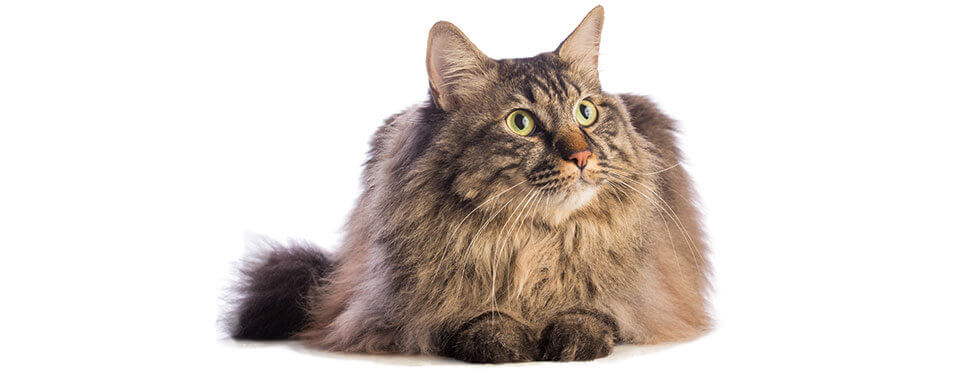
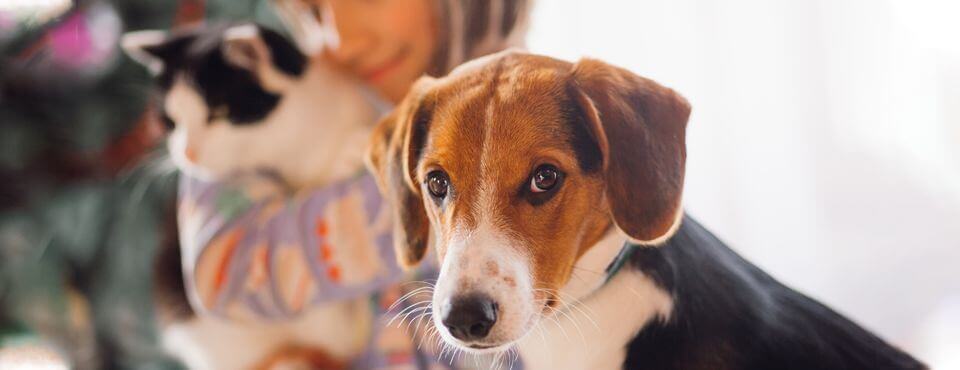
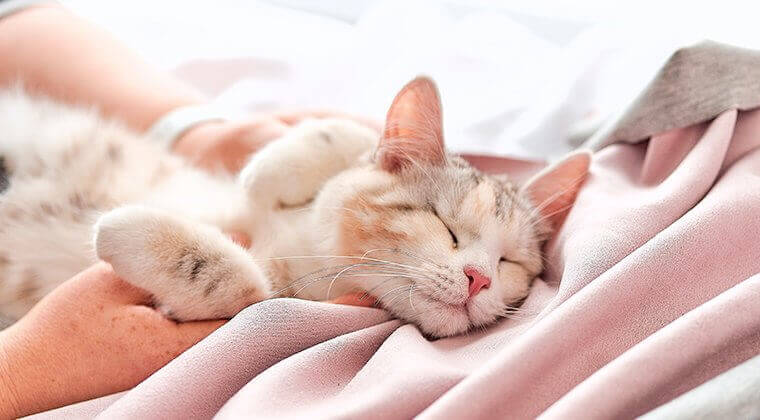
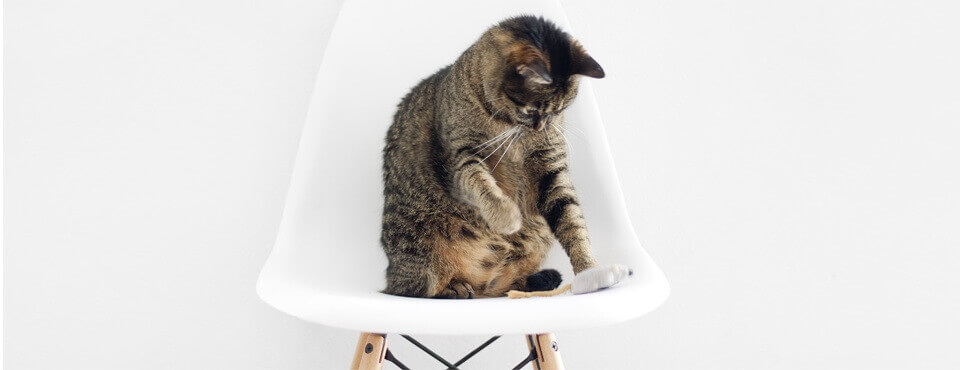

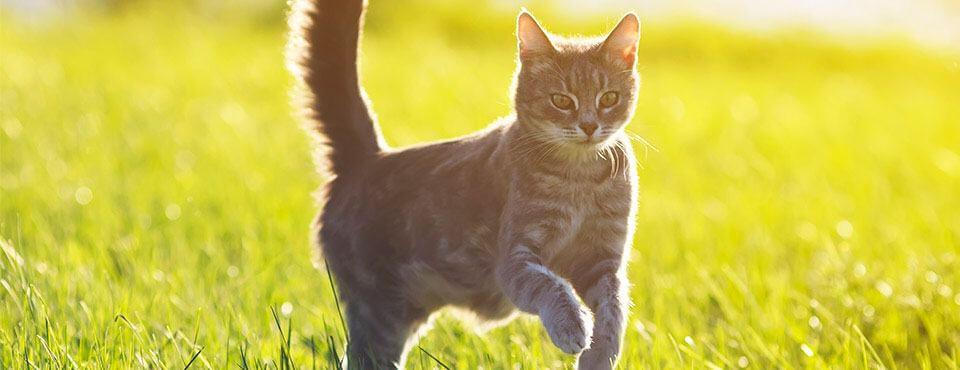

 Go To United States
Go To United States Austria
Austria Belgium
Belgium Czech Republic
Czech Republic Denmark
Denmark Europe
Europe Finland
Finland France
France Germany
Germany Greece
Greece Hungary
Hungary Ireland
Ireland Israel
Israel Italy
Italy Netherlands
Netherlands Norway
Norway Poland
Poland Portugal
Portugal Romania
Romania Saudi Arabia
Saudi Arabia Slovakia
Slovakia Spain
Spain Sweden
Sweden Switzerland
Switzerland Turkey
Turkey United Kingdom
United Kingdom